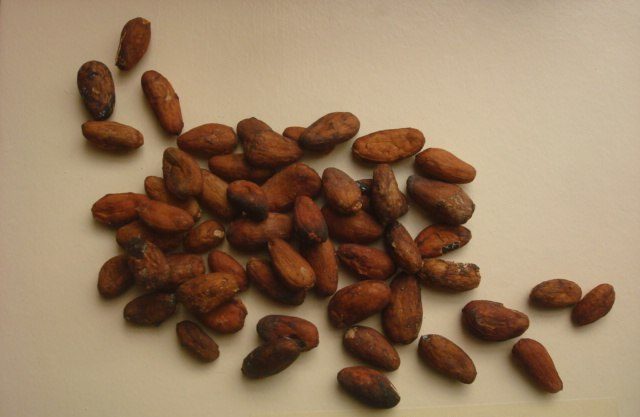At 2,200 CFA francs ($3.68) a kg, Ivory Coast’s farm gate cocoa is proving too low to prevent illicit free market offers across Guinea.
According to Bloomberg, traders are bypassing official checkpoints in western Ivory Coast to deliver 64-kg sacks of cocoa beans into Guinea-Conakry.
Although Ivorian authorities have since 2023 been battling smuggling hard, the illegal trade is turning unstoppable.
The chance to generate $240 per week or triple the living wage in Ivory Coast has emboldened motorcyclists to force border-crossings. They cross even in the knowledge that apprehension means either 10 years imprisonment or a penalty of 50 million CFA francs ($87,100).
Why Guinea?
Smuggling is thriving because cocoa prices in Guinea are higher than those in Ivory Coast due to Conakry’s lag in cocoa sector investments.
Guinea last harvested its biggest cocoa crop in 2011 at 39,600 tonnes, although production revamped by 15% in 2024, year-on-year.
In April 2025, cocoa rates in Guinea were double the official Ivorian farm gate equivalents, tempting smugglers.
Comparably, the price-setting Conseil du Café-Cacao (CCC) of Ivory Coast last put the 2025-26 rate at 1/3rd the international one.
CCC acknowledges price-linked losses totalling 10,000 tonnes to smugglers in Guinea, Liberia and Togo, as of the 2023-24 season.
Spot rates in these countries nearly match international offers, which on June 22, 2025 averaged £5,809 ($7,817) a tonne in London.
It is this last price that black market traders chase via brokers who in turn transact directly with renowned chocolate makers. In some situations, the producers apparently benefit little, for the middlemen pocket all proceeds.
Ivory Coast will be wrapping up the 2025 mid-crop season on September 30 with projections of a smaller crop than 2024’s. Whether smuggling will diminish supplies even further remains unknown but as the statistics below show, free market offers still remain.
Ivory Coast/Guinea Free Market Cocoa Statistics
Guinea and Ivory Coast are both key cocoa- producing and -exporting nations, only that they market it differently. As the number 1 producer and exporter, Ivory Coast sets seasonal cocoa prices two times a year and buys from farmers at that price. This is unlike free market situations in Guinea, where the commodity sells at spot prices that reflect the reigning international offers. As a result, some traders smuggle the produce to Guinea, costing Ivory Coast 10,000 tonnes of cocoa beans annually (2023-24). With cocoa exports representing 40% of Ivory Coast’s total export earnings, control of smuggling is a priority.
How has Ivory Coast handled cocoa smuggling?
Beginning October 2024, Ivory Voast has recovered over 590 tonnes of smuggled beans. In February 2025, the government announced the seizue of 2,000 tonnes of cocoa beans masquerading as rubber.
Is cocoa lucrative in Guinea?
Guinea has since 2016 boosted cocoa and coffee exports to generate forex after a late 2015 foreign currency deficit. This has made its market a lucrative commodity for cross-border traders who deliver it here to earn double prices than at home. Local farmers also enjoy handsome earnings, as their country ranks 16th in world production.
Does Guinea produce much cocoa?
Guinea, on the western border with Ivory Coast, is a moderate cocoa-producing nation. It is among the top 20 world producers with an annual capacity for 24,271 tonnes, as of 2022. According to the Helgi Library, the country’s highest ever output was in 2011 at 39,600 tonnes.
Which are the export markets of Guinea’s cocoa?
Europe is the recipient of almost all cocoa exports from Guinea, while the Netherlands receives 70% of all shipments, as of 2024. Overall, the annual outbound shipments of cocoa from Guinea increased by 15% in the 2023-24 season.
